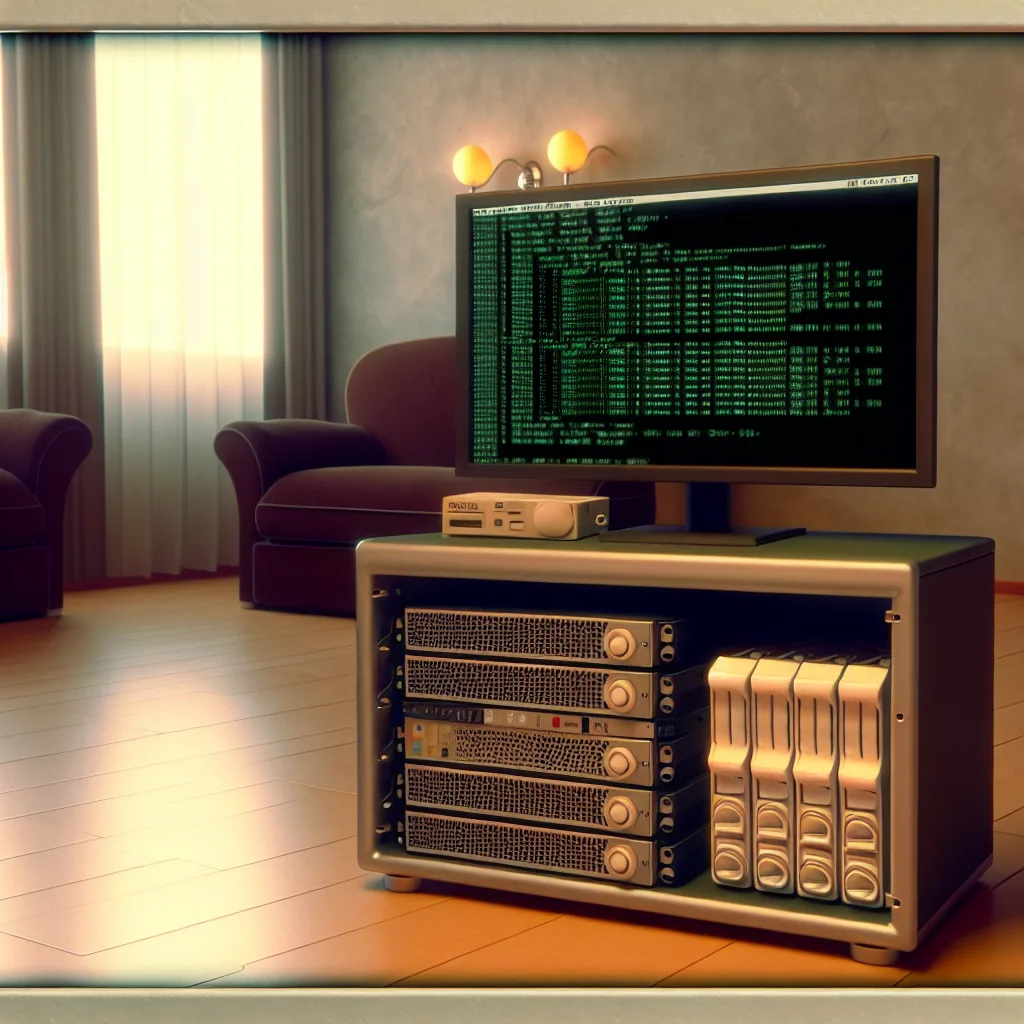Exploring a childhood home server running Ubuntu and essential tools — a personal journey into early tech tinkering
When I think about my first home server setup, it takes me back to a time when I was just twelve years old, tinkering with hardware and software in a way that felt exciting and a little adventurous. Setting up a server at such a young age wasn’t common, but it taught me a lot about how technology works behind the scenes. Today, I want to share that experience and the simple yet powerful setup I built back then.
My early home server setup was built on a Sandy Bridge generation 2 Intel i7 processor—a solid choice back then—paired with DDR3 RAM. This combination gave the server enough muscle to handle multiple tasks without breaking a sweat. The storage was quite generous for the time: I had 2 terabytes of HDDs alongside a 1 terabyte SATA drive. These hard drives formed the backbone for storing media, files, and whatever else the server needed to keep running smoothly.
I chose Ubuntu Server as the operating system. Ubuntu is well-liked for servers because it’s reliable, free, and has great community support. With Ubuntu, I could easily install and manage software like Jellyfin, which is an open-source media server. Jellyfin helped me stream movies and music throughout the house without fuss. I also set up Webmin to keep server management straightforward with a web-based interface—no need to dive deep into command lines all the time.
For hosting game servers, I had AMP (Application Management Panel) in place, which made managing game instances simpler. Plus, Nextcloud was running to manage my cloud files, keeping them synced and accessible. It was like having my own private cloud right at home, which was pretty cool for a kid.
One quirky thing about this setup was the Mono runtime I used. I got it from Amazon, and interestingly, it happened to be a version that originated in China. Mono is important because it lets you run applications developed with Microsoft’s .NET framework on Linux, which expanded what my server could do.
Looking back, this home server setup was more than just a technical project; it was a playground for learning. It sparked a passion for IT and servers that I still carry today. And if you’re interested in starting your own home server, look into modern equivalents of these components and software tools. Ubuntu Server remains a top choice, and there are plenty of media server options beyond Jellyfin, like Plex or Emby, which might suit your needs differently.
If you want to dive deeper into getting started with Ubuntu Server, you can check out the official Ubuntu Server documentation. For media servers, Jellyfin’s website offers great resources and community support. And, if server management feels daunting, Webmin’s site provides an easy way to handle server tasks through a browser.
Setting up a home server doesn’t require fancy new gear—it’s about understanding what you need and making the most of what you have. Whether it’s streaming your media, backing up important files, or even experimenting with hosting game servers, a thoughtful home server setup can be incredibly rewarding. Plus, it’s a fun trip down memory lane, remembering how eager curiosity can lead to building something useful and learning lots along the way.
